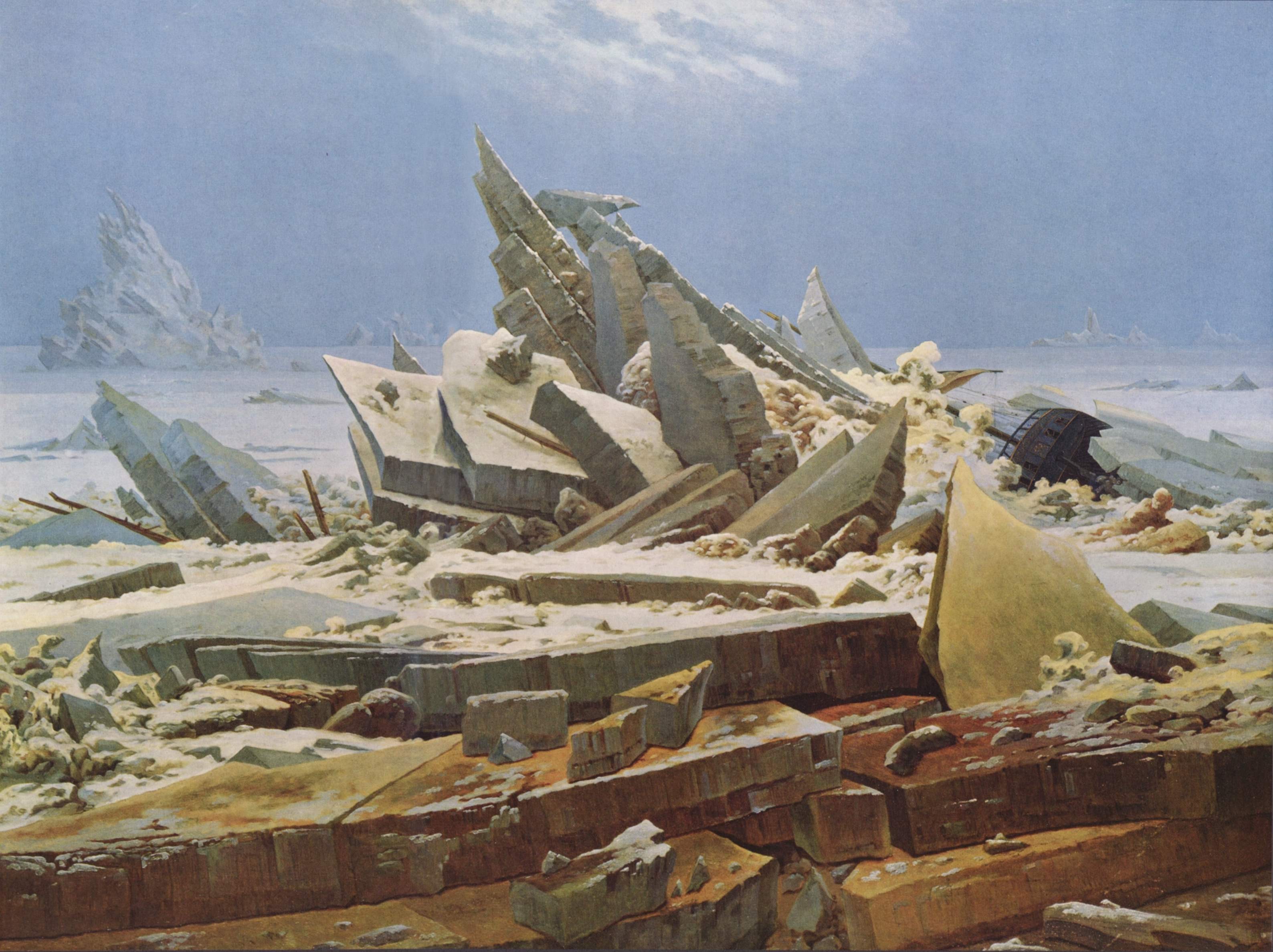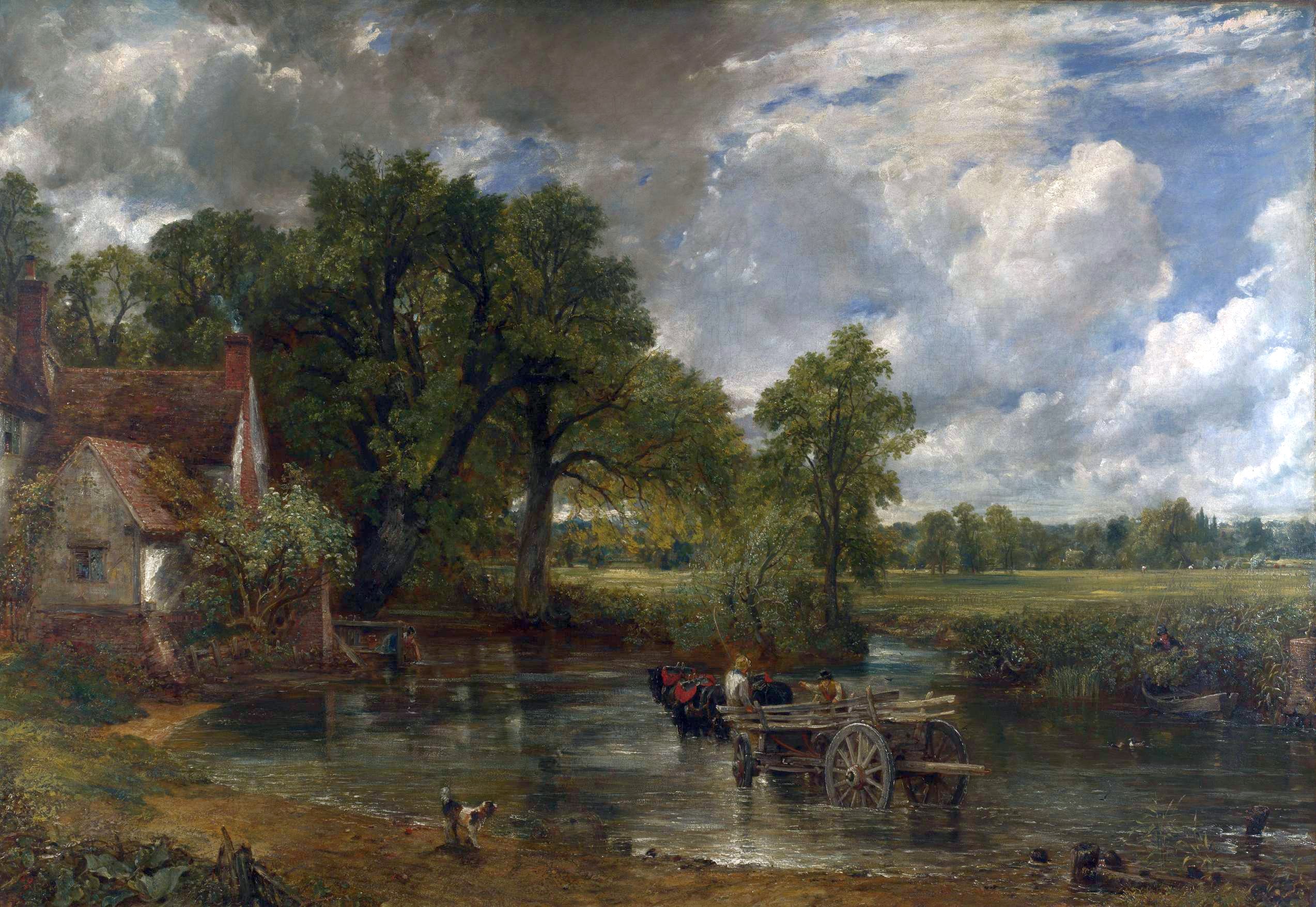
Romantic art and literature is obsessed with the sublime. The sublime was a feeling experienced when looking at endless waters, the starry sky, thundering storms and deadly glaciers between jagged peaks. It was a mixed emotion of pain and joy and it is something we all feel when watching lightning during a stormy summer night: we love to look at it but the power of nature makes us feel small.
According to Umberto Eco’s On Beauty, the idea of the sublime goes back to the Romans, but was made popular by Edmund Burke in A Philosophical Enquiry into the Origin of Our Ideas of the Sublime and Beautiful (1756). There he describes a dichotomy between beautiful things and the sublime. Beautiful things are small, smooth, elegant and with clear colors and small variations, for example a flower in a vase. Sublime things are linked to fear or power and are the opposite of the beautiful: large, coarse, powerful, for example a large waterfall. Perhaps the best explanation Eco gives is that you want to own or consume beautiful things, but not the sublime.
Mary Shelley’s Frankenstein is filled with descriptions of sublime settings.

“It was nearly noon when I arrived at the top of the ascent. For some time I sat upon the rock that overlooks the sea of ice. A mist covered both that and the surrounding mountains. “
This is one of Victor Frankenstein’s many descriptions of Sublime settings. Caspar David Friedrich’s painting Wanderer on the Sea of Mist (1818) serves as a good illustration to the quote.
As a contrast to the sublime settings, the Creature describes the little hut with the happy family in beautiful terms:

“In the meanwhile also the black ground was covered with herbage, and the green banks interspersed with innumerable flowers, sweet to the scent and the eyes, stars of pale radiance among the moonlight woods; the sun became warmer, the nights clear and balmy […]”
The details differ from the text in Constable’s The Hay Wain, but the feeling is similar. What this means for an understanding of Frankenstein, and of Victor Frankenstein and the Creature remains to be answered. I do believe, however, that it is possible to show that there is a difference between what is typical in English culture compared to, let’s say, German culture. We see this if we compare Constable’s beautiful paintings to Friedrich’s sublime paintings or Elgar’s music to Wagner’s. England defines itself as being a green and pleasant land which is far from the sublime landscapes of Frankenstein. It seems that English writers use this image, from the Creature’s description of the hut to Tolkien’s description of the Shire. It is possible that the Creature’s longing for a family is also a longing for a home in the green and pleasant lands of England.

